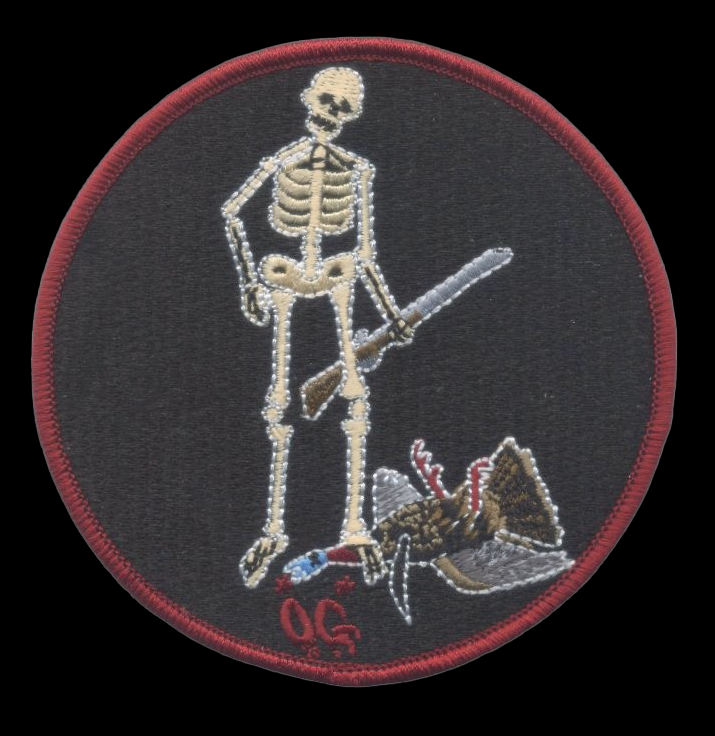The "autostretch" idea is a good one, but it only takes into account one of many factors that impact the sound that any given mouth call will have. When you throw in such factors as reed thicknesses, number of reeds, reed colors (mostly related to latex batch composition), the cut design, cut angles, cut depths, cut location on the call, back stretch, front stretch, etc.,...not to mention the individual user's mechanics and abilities,...it is easy to see that relying on a single factor like the latex stretch in call construction is pretty much the mouth-call-construction equivalent of a "crapshoot".
As one who has dabbled in mouth call making for many years, I can tell you with some level of confidence that it is better to construct a call using whatever combination of factors listed above that you think you want to try. Then, starting with single reed cuts in the call, try the call, and continue to make cuts towards whatever call designs you think work best for you. In my opinion, that is the best thing to do. Very minute changes in any of those factors will impact the sound of a mouth call.
Now, to try to answer your question about reed thickness and tensions: I have personally found, based on my mechanics, that heavier latex combinations need more tension to achieve my desired sounds in a call, regardless of the call design. Conversely, lighter latex/proph calls require less tension. That is the generality that I have found for myself. Others may feel differently based on their calling mechanics and skill level with mouth calls.
I'm with you, though, regarding batwings compared to just about any other call design. I have rarely found a batwing call that I like better than most other call cuts. Yet, it seems there are quite a few folks that swear by them.

















